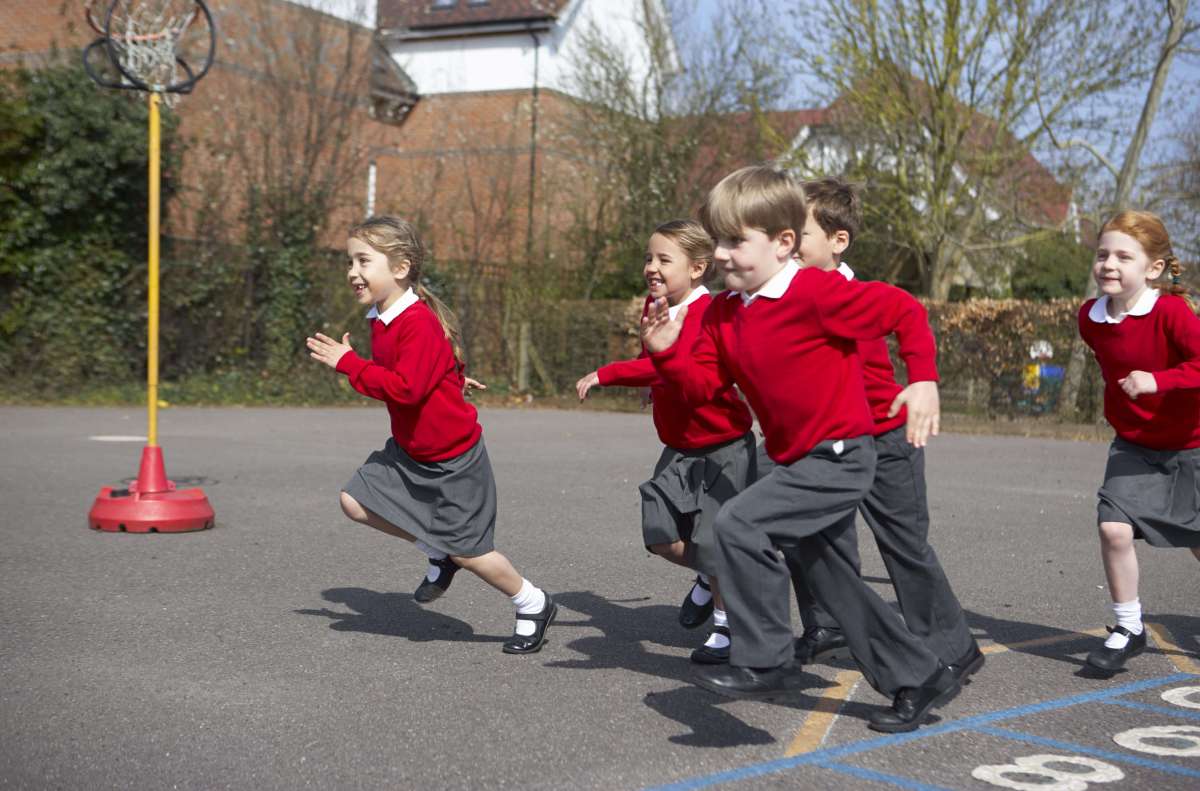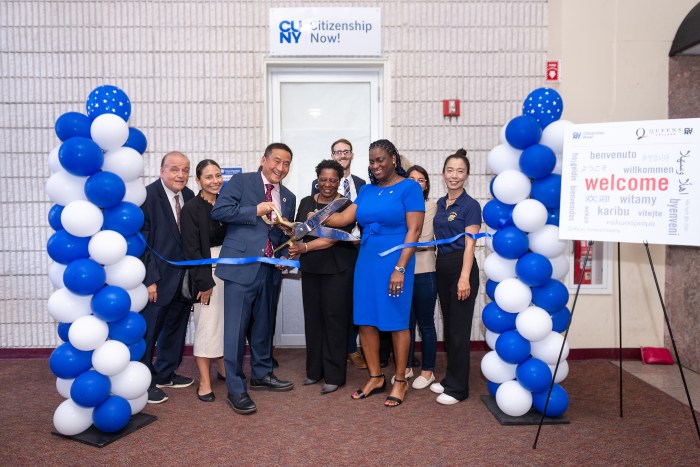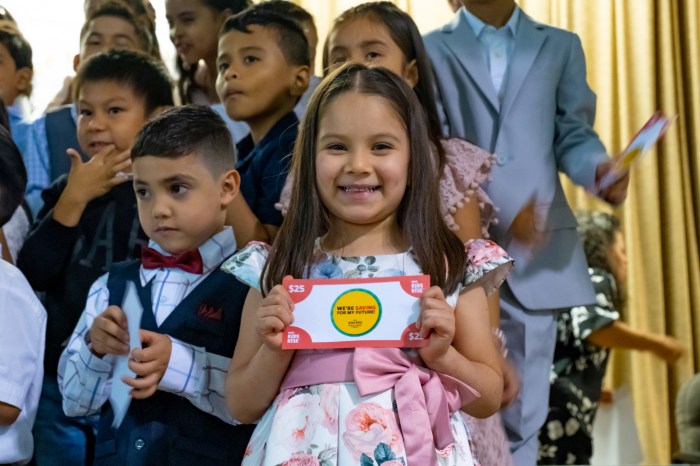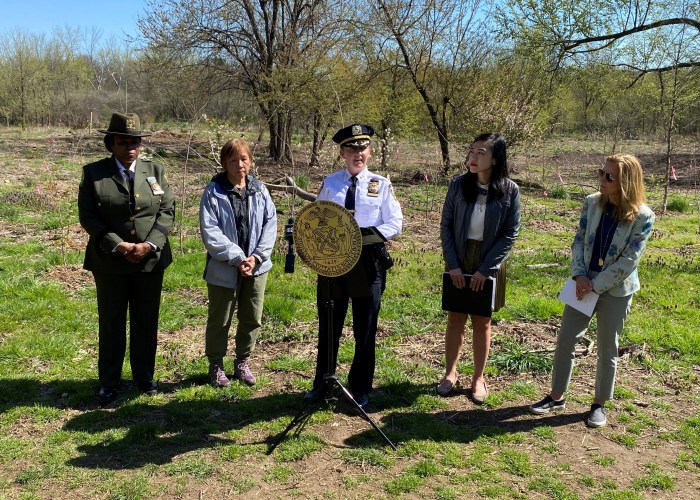The New York Hall Of Science (NYSCI) was awarded a U.S. Department of Education Grant of $2,796,008 to expand its playground physics program across New York State.
The federal grant was from the department’s Education Innovation and Research Program (EIR) and hopes to increase 10,000 middle school students’ knowledge and interest in physics, a subject that few students have the opportunity to learn in school.
A 2017 study by the American Institutes for Research (AIR) proves that the The Playground Physics program significantly increases students’ physics achievement. Based off of those findings, the grant from the Education Innovation and Research program will be used to develop and implement a Train-the-Trainers strategy with the intention of expanding the Playground Physics program to 50 rural, suburban, and urban schools in New York State that serve a large number of students with inadequate opportunities to learn physical science.
The NYSCI will work alongside AIR and the New York Association of Computers and Technologies (NYSCATE) to provide teachers with in-person training, online follow-up, and teacher guides.
The current list of participating schools and districts include P.S. 64Q and I.S. 24 in New York City, Yonkers Public Schools, Fort Ann and Greenwich Central School Districts, and districts in Eastern Suffolk, Questar III, Genesee Valley, Nassau, and Washington BOCES.
Only 63 percent of high schools in the United States offer physics, according to NYSCI. A recent study found that only 41 percent of recent high school graduates took physics, a staggeringly low number compared to the 98 percent of students who took biology and 76 percent who took chemistry. The students who do take physics in high school tend to be of a higher socioeconomic status. According to NYSCI, The grant is designed to address this inequity.
The centerpiece of the program is a digital tool that allows students to capture and record videos to examine concepts of force, motion and energy. Students record ordinary playground activities like children doing cartwheels, running, jumping rope or playing catch, play back the recording, and investigate and analyze the physics concepts that have occurred with each activity.
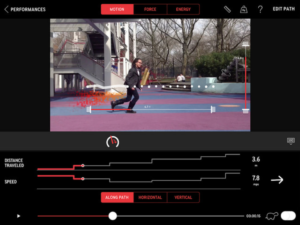
In addition to the digital tool, the program includes a supplemental six-week physics curriculum designed to be used alongside any existing science curriculum. The supplemental material contains a teacher’s guide and a student workbook, and aligns with the Next Generation Science Standards and New York Science Learning Standards.
The program also offers professional development for teachers in which instructors experience the content as learners, learn how to use the digital tool, explore physics topics through embodied activities, and reflect on how to realistically implement the curriculum in their classrooms by linking students’ physical experiences of play to the core physics concepts of energy, force, and motion.

